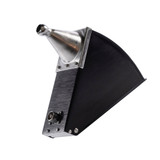Description
- Ideal tool for applying joint compound or mud to corners
- Replaceable acrylic cover with "lambs wool" texture
- Threaded handle can be used with threaded extension poles
Details
Stand: |
No |
Manufacturer: |
Marshalltown |






